
“I’m sending only brief captions,” a LIFE magazine correspondent wrote to his editors in February 1949, in notes accompanying photographs of a little-known actress with a few small roles in mediocre films under her belt. “For one thing, time is of the essence in getting the pictures to a plane. For another, the processes shot are not terribly complicated, showing as they do how Marilyn trains herself for hoped-for movie stardom by consulting specialists in singing, dancing and drama and how she is worked on by them in the effort to produce a wrapped-up package of talent to back up her photogenic sex appeal.”
How Marilyn trains herself for hoped-for movie stardom. That casual mention of Marilyn Monroe, made in the context of a struggling young actress, is hard to reconcile with the image most movie fans harbor of arguably the single most famous film star of the 20th century. In fact, more than six decades after the pictures in this LIFE.com gallery were made, it’s surprisingly tough to imagine a time before Marilyn was . . . well, Marilyn. Like other indisputable Hollywood icons—Bette Davis, Clark Gable, Liz Taylor, James Cagney—Marilyn’s face, her voice, her singular onscreen presence seem to have always been with us.
Surely, we tell ourselves, she was always a star. The legend was inevitable, a done deal from the start.
Actually, no. Not so much. In fact, by the time she caught the eye of LIFE photographer J. R. Eyerman in early 1949, Marilyn Monroe had appeared (largely uncredited) in half-a-dozen utterly forgettable movies, and there was absolutely no guarantee that the 22-year-old’s “hoped-for movie stardom” would pan out any time soon.
And yet, Eyerman clearly saw enough of something, a special glimmer, in the fresh-faced beauty to chronicle the training that, as a practitioner of a craft, she evidently knew she needed. The Eyerman pictures in this gallery are among the very first that any LIFE photographer ever took of Monroe, although—for reasons that have been lost in time—the magazine chose not to publish them.
In fact, Marilyn wouldn’t show up in LIFE’s pages until October 1949, when she appeared along with seven other Hollywood “girls”—most all of them now long-forgotten—in “an experiment” by the great photographer Philippe Halsman “to see if movie starlets’ acting is as good as their looks.”
[Buy the LIFE book, Remembering Marilyn]
Here, LIFE.com remembers the young Marilyn with a selection of Eyerman’s early photos: pictures of her studying with bandleader Phil Moore (singing); dance instructor, and the ex-husband of the great Cyd Charisse, Nico Charisse (ballet); and a one-time European stage star, Natasha Lytess, who would serve as Monroe’s acting coach until the mid-1950s. (Lytess was an acting coach at Columbia Studios when Monroe was briefly under contract there; after Columbia dropped Marilyn—not seeing much promise in the young actress—Lytess and Marilyn maintained their working relationship, independent of the studio.)
While it’s hardly evident in these warm and carefree photos, the next few months in Marilyn’s career would be marked by struggle. Later in 1949, desperate for money, she posed naked for a pinup calendar, a gig that paid her just $50 and later came back to haunt her. (The pictures wound up in the debut issue of Playboy).
But the beautiful and, as importantly, the tenacious Marilyn pushed on. She watched, practiced and learned, and as she honed her talent her opportunities grew. A slew of small roles—a memorable walk-on in the Marx Brothers’ Love Happy; a dramatic turn in John Huston’s great noir heist flick, The Asphalt Jungle; a luminous breakthrough in All About Eve—inspired Fox, the studio that dropped her back in 1947, to sign her to a new seven-year contract. By 1953, Marilyn Monroe’s “hoped-for movie stardom” was no longer an ingenue’s dream, as she was lighting up the screen in movies (including Gentlemen Prefer Blondes and How to Marry a Millionaire) that allowed her to sing, dance and act—all the tools of the trade that she so studiously honed under Eyerman’s sympathetic gaze just a few years before.
Liz Ronk, who edited this gallery, is the Photo Editor for LIFE.com. Follow her on Twitter @lizabethronk.

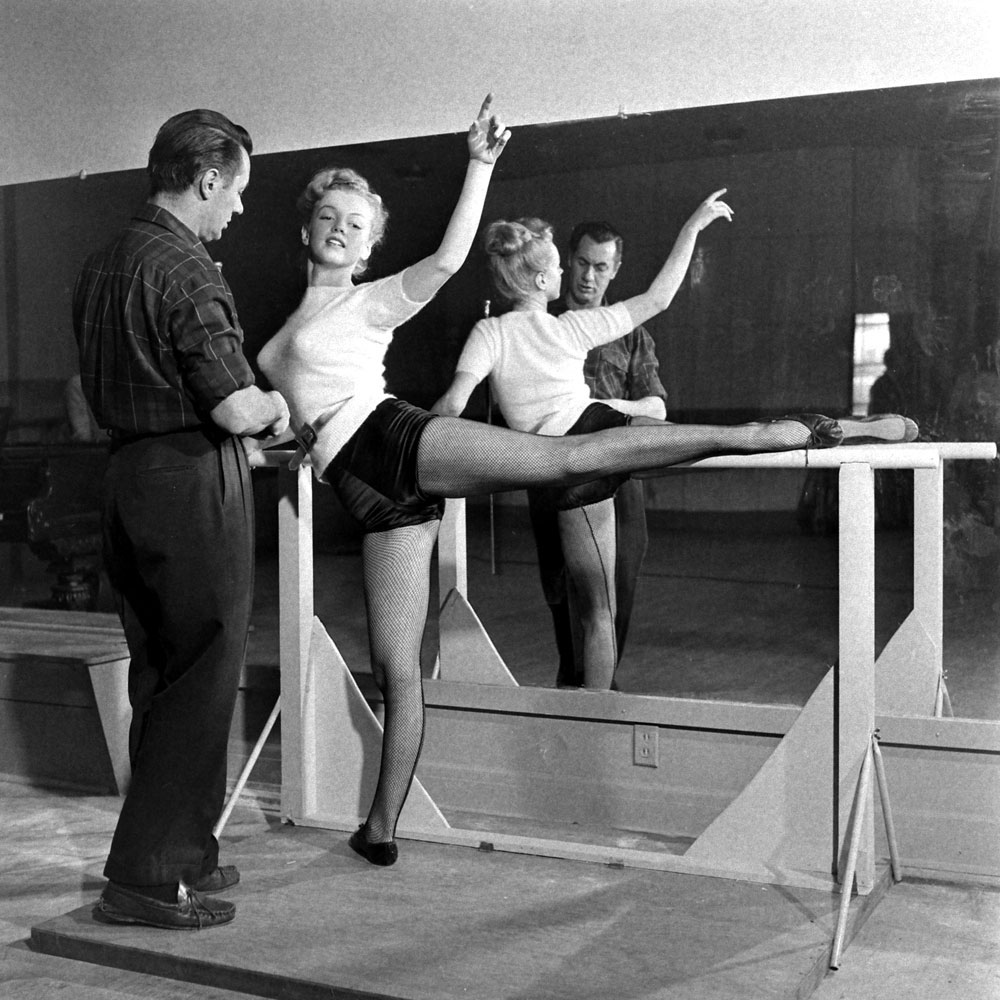
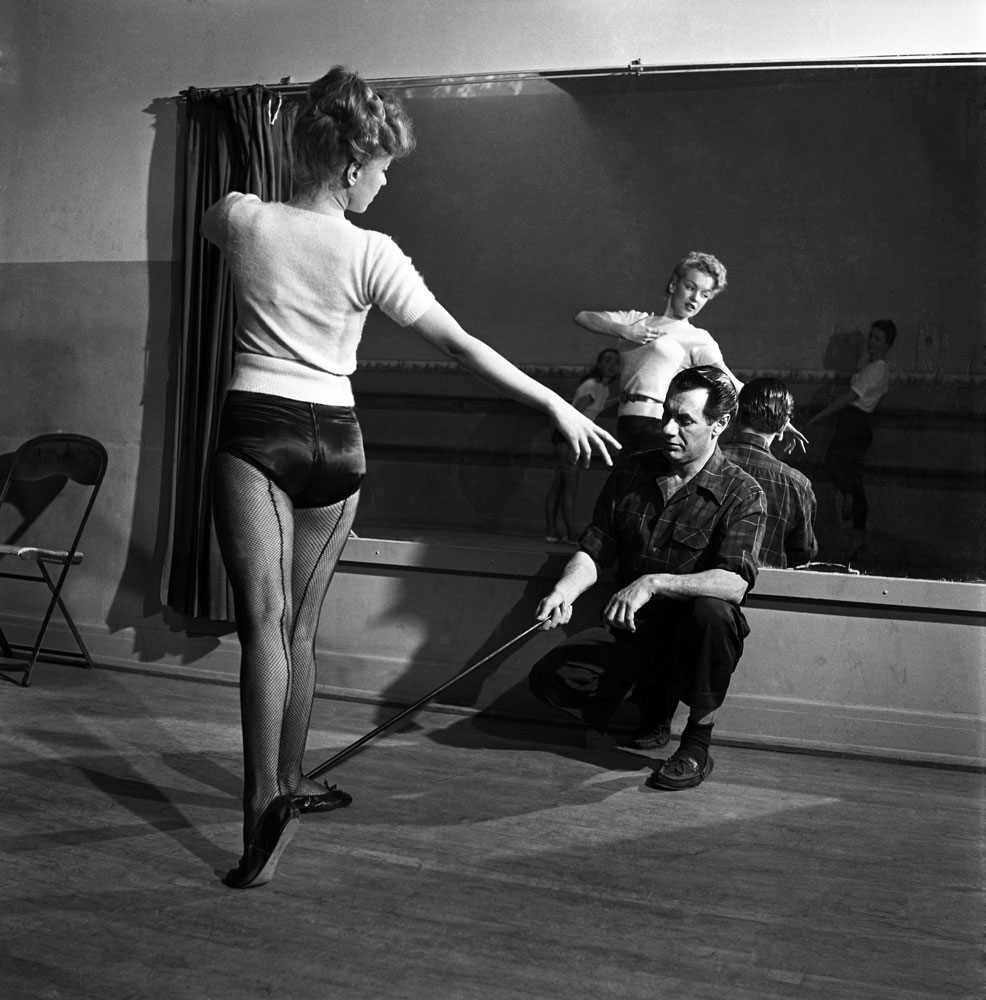
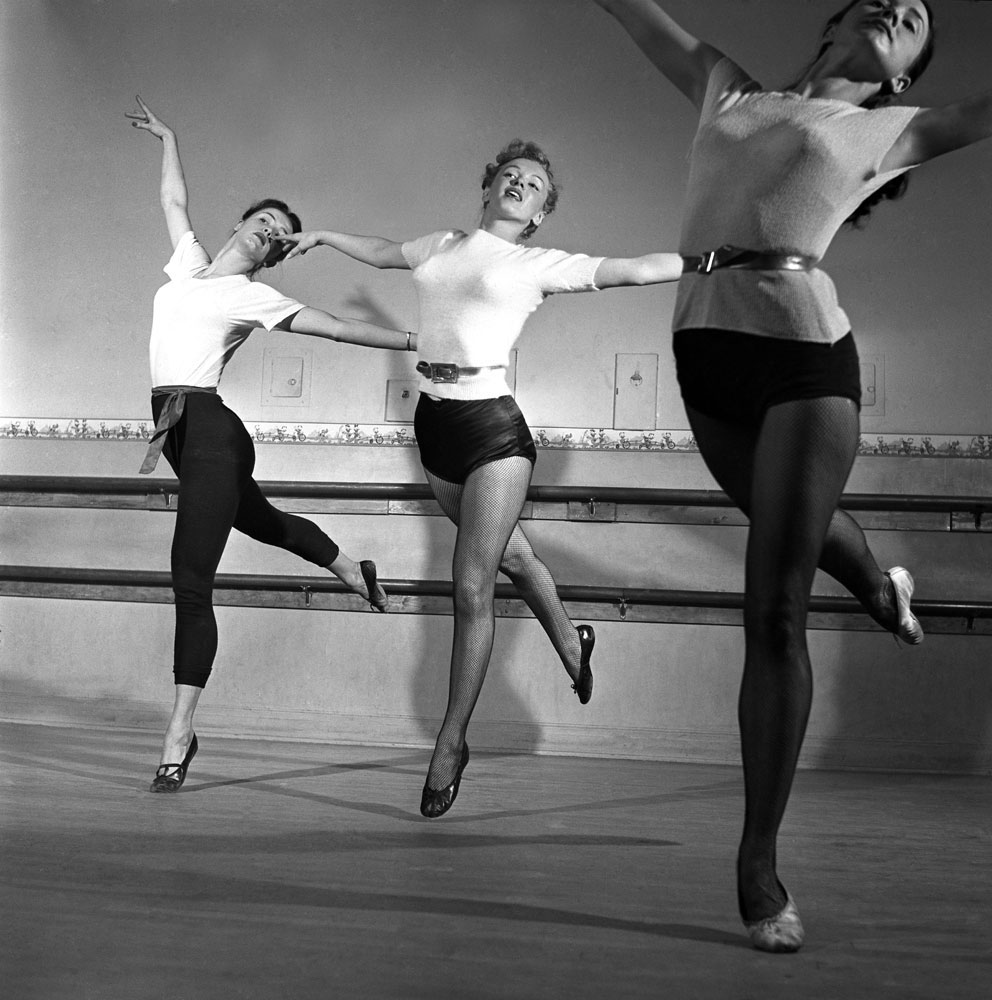

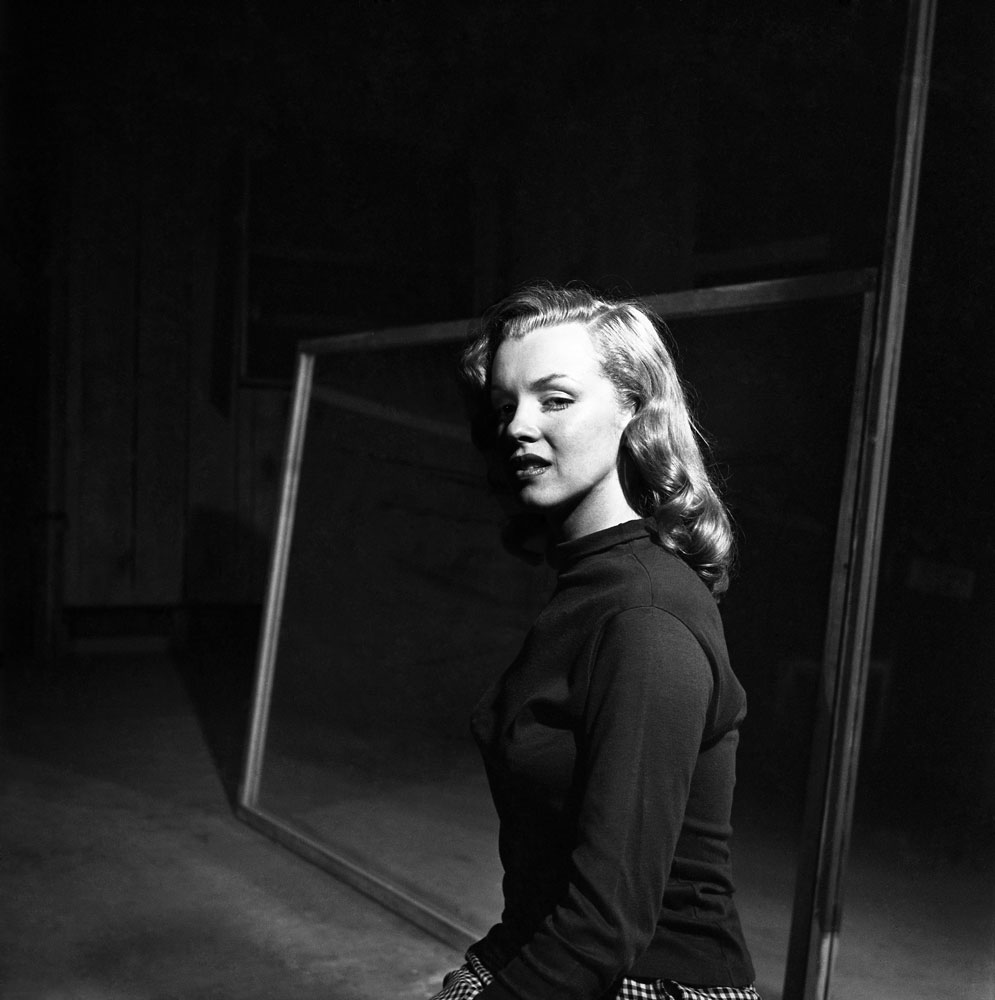




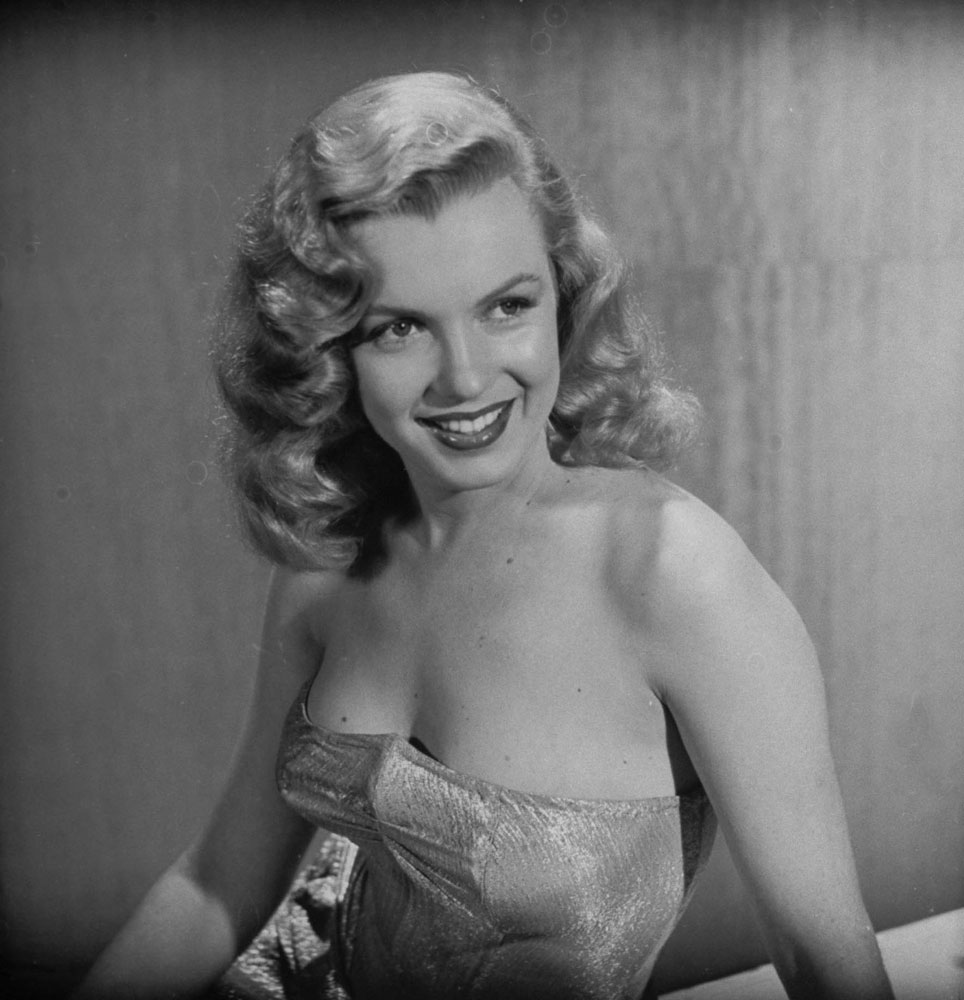
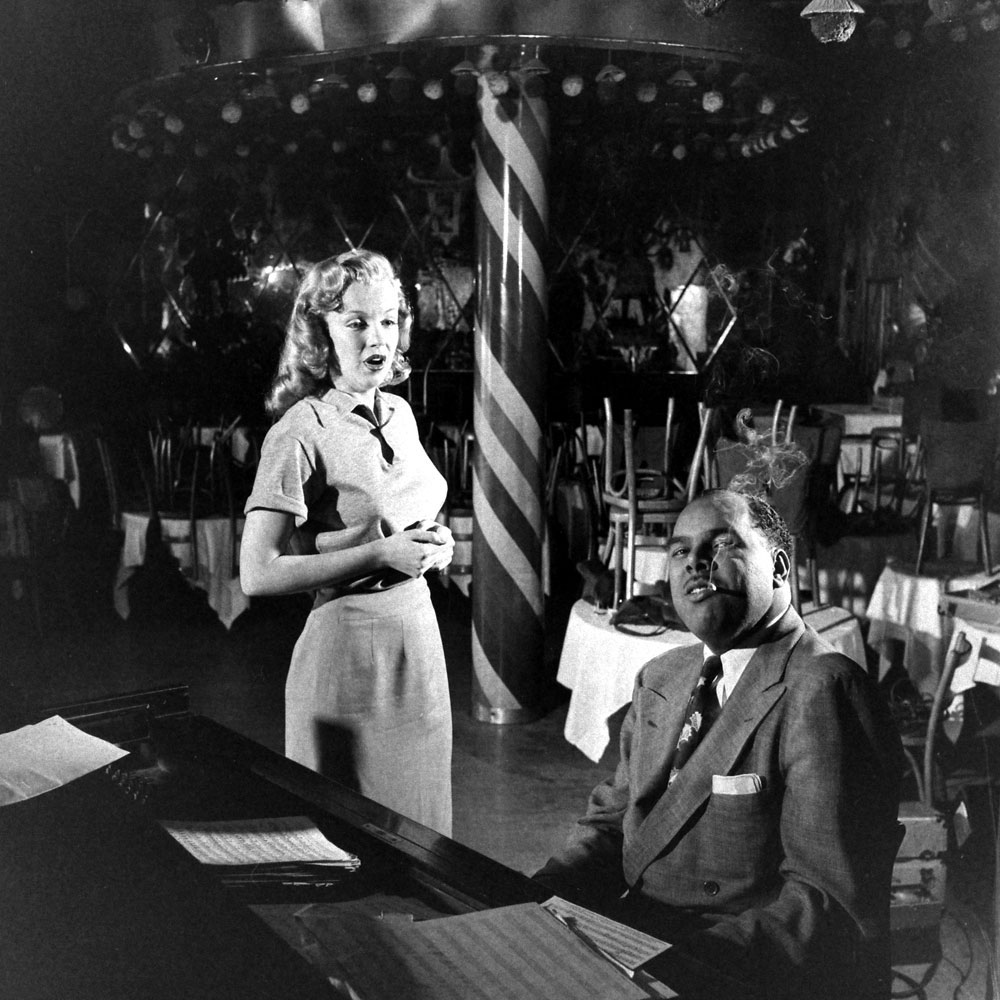
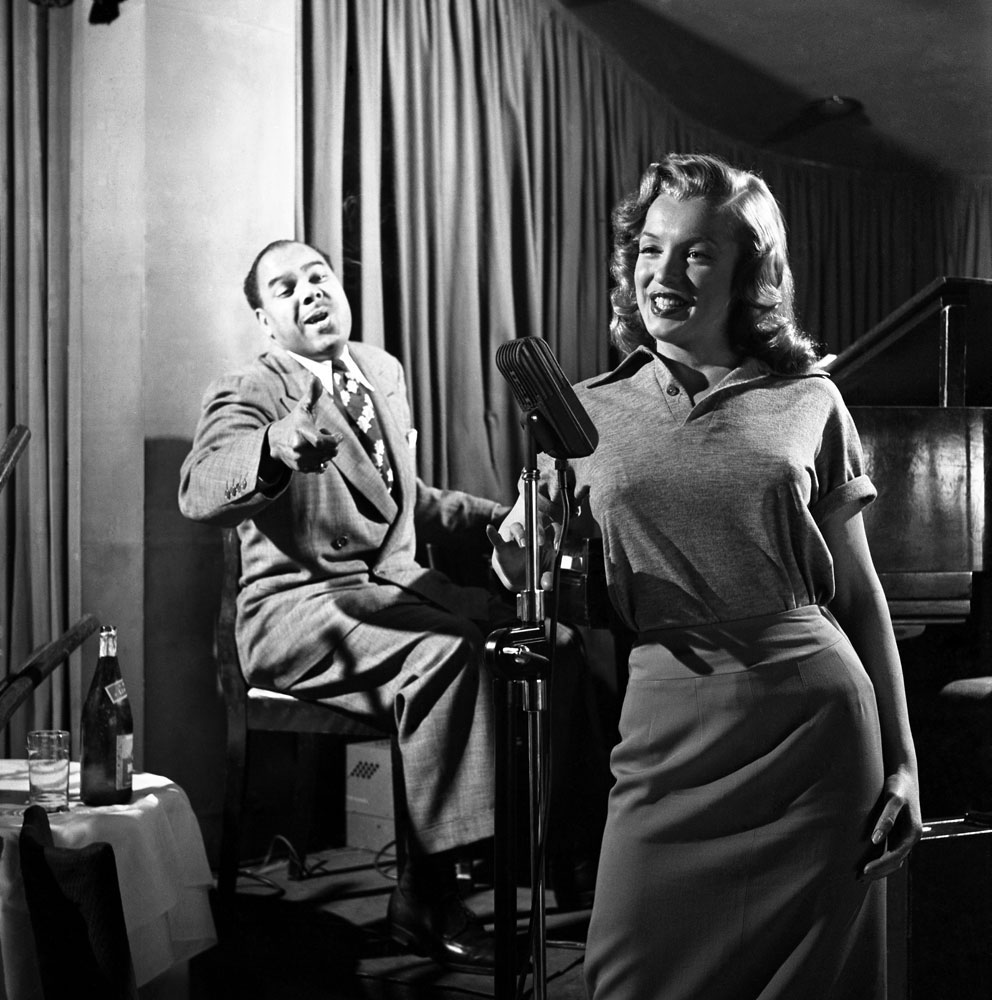




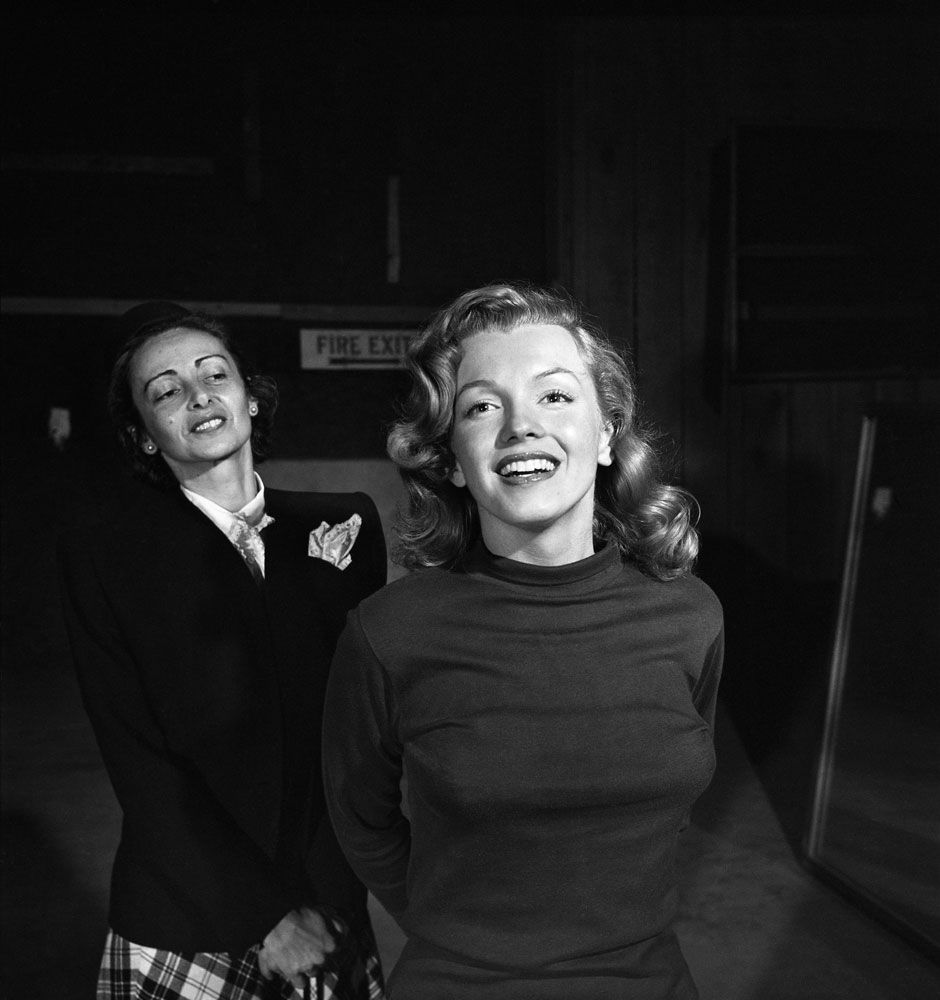
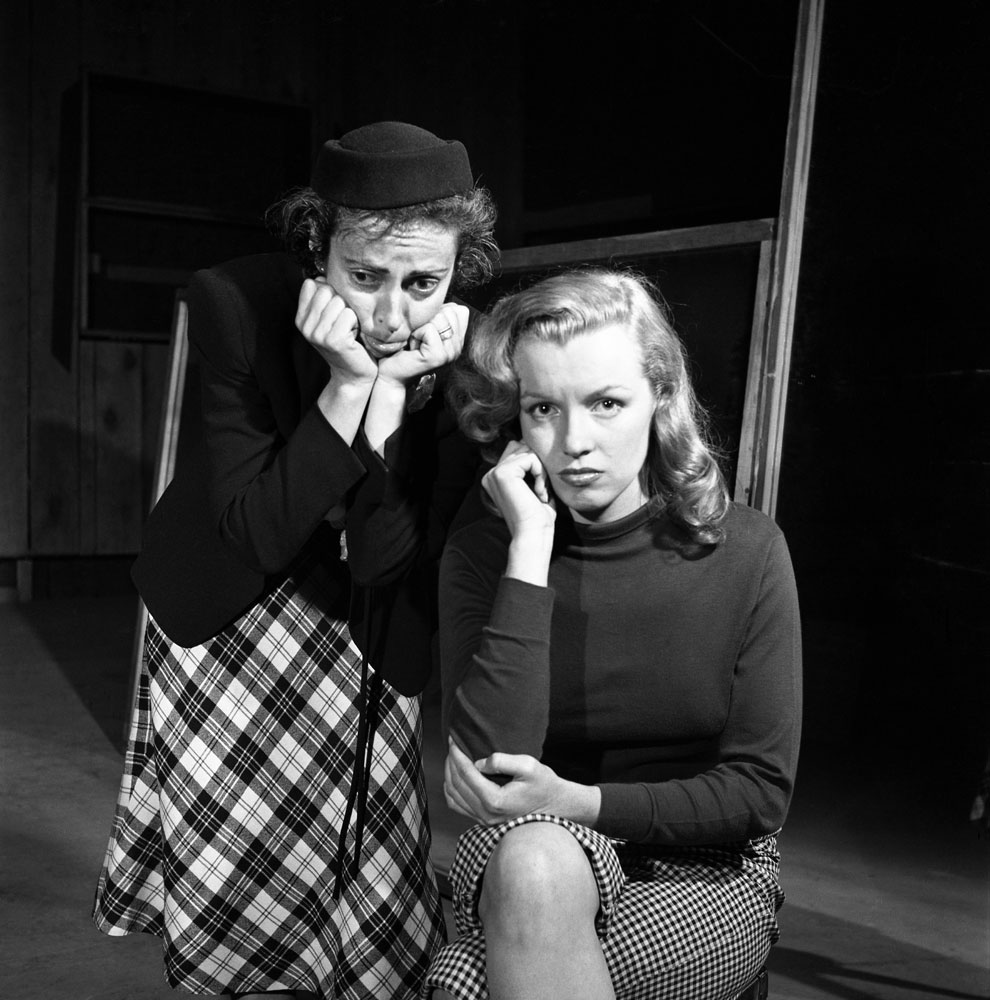
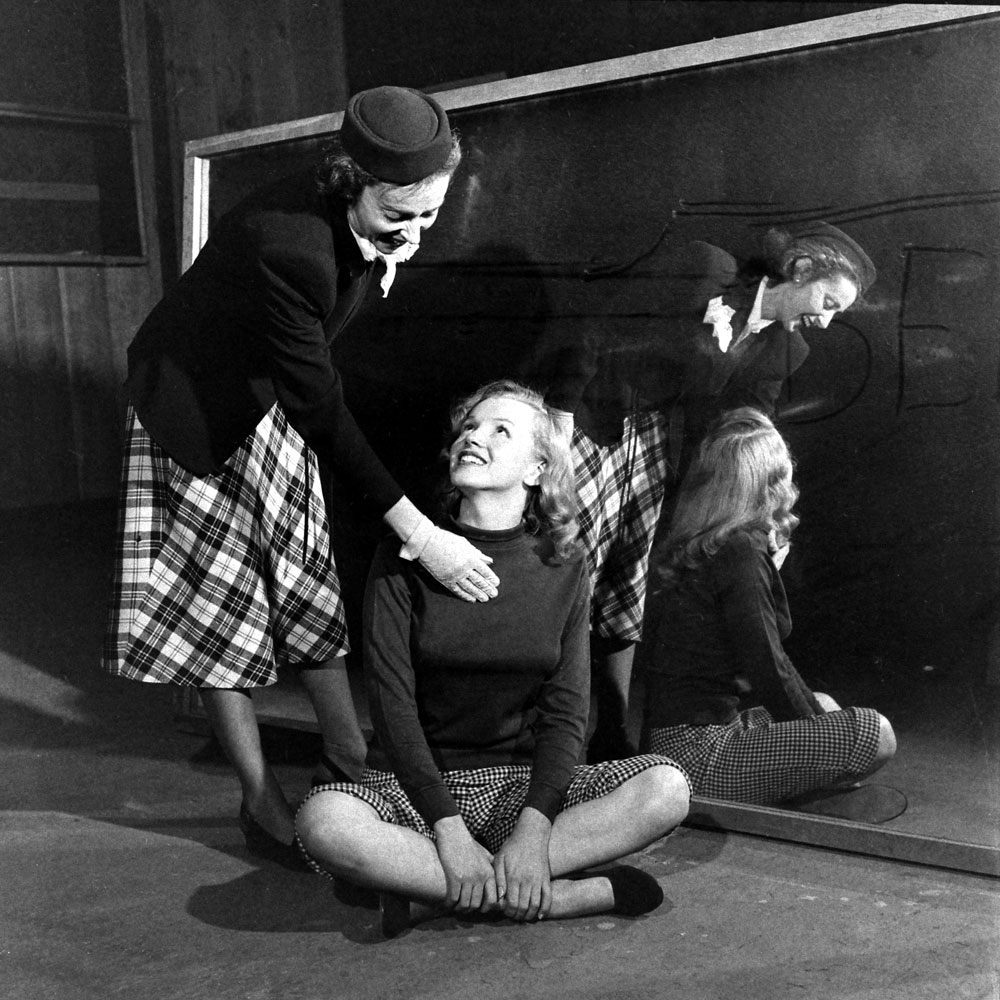

More Must-Reads from TIME
- Cybersecurity Experts Are Sounding the Alarm on DOGE
- Meet the 2025 Women of the Year
- The Harsh Truth About Disability Inclusion
- Why Do More Young Adults Have Cancer?
- Colman Domingo Leads With Radical Love
- How to Get Better at Doing Things Alone
- Michelle Zauner Stares Down the Darkness
Contact us at letters@time.com